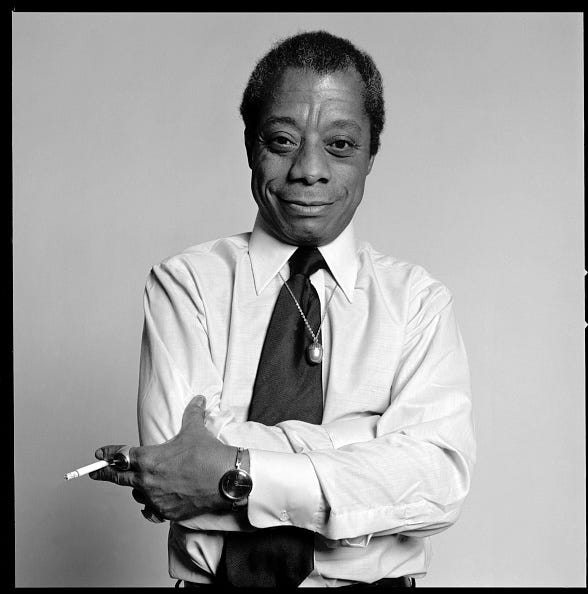“The House Was Quiet and the World Was Calm” by Wallace Stevens from The Collected Poems of Wallace Stevens. © Vintage, 2015.
ORIGINAL TEXT AND AUDIO - 2017
Physicists began speculating in the late 19th century that there may exist particles and matter that are exact opposites of the matter that surrounds us, mirror-image anti-atoms and perhaps even whole anti-solar systems where matter and antimatter might meet and annihilate one another. But on this day in 1932, American physicist Carl Anderson discovered the first physical evidence that antimatter was more than just an idea.
Anderson was photographing and tracking the passage of cosmic rays through a cloud chamber, a cylindrical container filled with dense water vapor, lit from the outside, and built with a viewing window for observers. When individual particles passed through the sides of the container and into the saturated air, they would leave spiderweb tracks of condensation, like the vapor trails of miniscule airplanes, each type of particle forming a uniquely shaped trail. Anderson noticed a curious pattern — a trail like that of an electron, with an exactly identical, but opposite curve — an electron's mirror image and evidence of an anti-electron. Anderson named the antimatter particle the positron and won a Nobel Prize for his discovery four years later.
Around 1940, biochemist and science fiction writer Isaac Asimov took up the newly discovered particle, using it as the basis for his fictional "positronic brain," a structure made of platinum and iridium and his means for imparting humanlike consciousness to the robots in his story collection I, Robot.
The fictional uses of antimatter and the positronic brain have since spread throughout literature and popular entertainment, from the writing of Robert Heinlein to the classic British television series Doctor Who to propulsion systems and the sentient android, Data, in the American science fiction series Star Trek — even to Dan Brown's Angels and Demons, the sequel to his wildly popular DaVinci Code, in which the Illuminati intend to destroy Vatican City using the explosive power of a canister of pure antimatter.
Today is the birthday of the American novelist, essayist, and activist James Baldwin, author of Go Tell It on the Mountain. Baldwin was born in Harlem, New York, in 1924, the oldest of nine children in a family that was dominated by his strict, religious stepfather, a Pentecostal minister with whom James had a difficult relationship and who brought his son into the ministry when he was just 14. Those were the early days of the Harlem Renaissance, but still, as Baldwin recalled in a 1984 interview with the Paris Review, "Given the conditions in this country to be a black writer was impossible. ... My father didn't think it was possible — he thought I'd get killed, get murdered. He said I was contesting the white man's definitions, which was quite right." So the ministry it was, at least for three years, by which point Baldwin felt his faith had gone.
When his stepfather died in 1943, James left home, a period he writes about in the titular essay of Notes of a Native Son. He then immersed himself in the international, artistic atmosphere of Greenwich Village, making his living as a dishwasher, busboy, factory worker or waiter, working multiple jobs at once and writing in the moments around them.
An important moment for Baldwin came when he and his friend, the modernist painter Beauford Delaney, were standing on a street corner in the Village, waiting for the light to change. Baldwin recounts in The Paris Review that Beauford "pointed down and said, 'Look.' I looked and all I saw was water. And he said, 'Look again,' which I did, and I saw oil on the water and the city reflected in that puddle." In that moment, Baldwin felt he'd been taught how to see, and how to trust what he saw, felt that from that moment on he could see the world differently than he had before.
When he was 24 and beginning to recognize his own homosexuality, Baldwin expatriated himself to France with $40 and not knowing a single word of French. He hoped to find himself in a larger context, somewhere he could see himself as more than "merely a Negro; or, merely a Negro writer," a move that would also allow him to escape American prejudices toward blacks and homosexuals. In Paris, he found the distance he needed to write about his personal experiences and the struggles of black Americans from the point of view of not "merely a Negro," or a victim, but as a man, thus resisting the easy categorization of his work as that of a "black writer."
In the '60s, Baldwin returned to the United States to take part in the civil rights movement. He became friends with Martin Luther King Jr., Medgar Evers, and Malcolm X, and because he didn't see himself as a public speaker, used his ability to craft stories and essays to write about black identity and race in The Fire Next Time and No Name in the Street. One by one, Baldwin's outspoken friends were killed and, following the assassination of Martin Luther King, Baldwin was sick at heart. Unable to escape the pain of his loss, he fled again to Europe, which remained his home until his death in 1987. Despite his grief and the anger of the times, despite the harsh tone of his book If Beale Street Could Talk, which some reviewers criticized for sounding bitter, Baldwin always remained an advocate for universal love and brotherhood.
James Baldwin's influence on other American artists, whether of spirit or love or style, is undeniable. He and the poet Langston Hughes were responsible for getting the singer Nina Simone involved in the civil rights movement. Maya Angelou, remembering Baldwin in The New York Times after his death, said that he "set the stage" for her to write I Know Why the Caged Bird Sings. He told Angelou she was "intelligent and very brave," introduced her to his family as one of their own, saying she was his mother's newest daughter, and was, in Angelou's words, "my friend and brother."
Toni Morrison, in her goodbye and thank you in The New York Times, wrote that James Baldwin gave her three gifts: "a language to dwell in, a gift so perfect" that it seemed her own; "the courage to live life in and from its belly as well as beyond its edges"; and his tenderness and vulnerability and a love that made one want to be worthy, generous, and strong.





